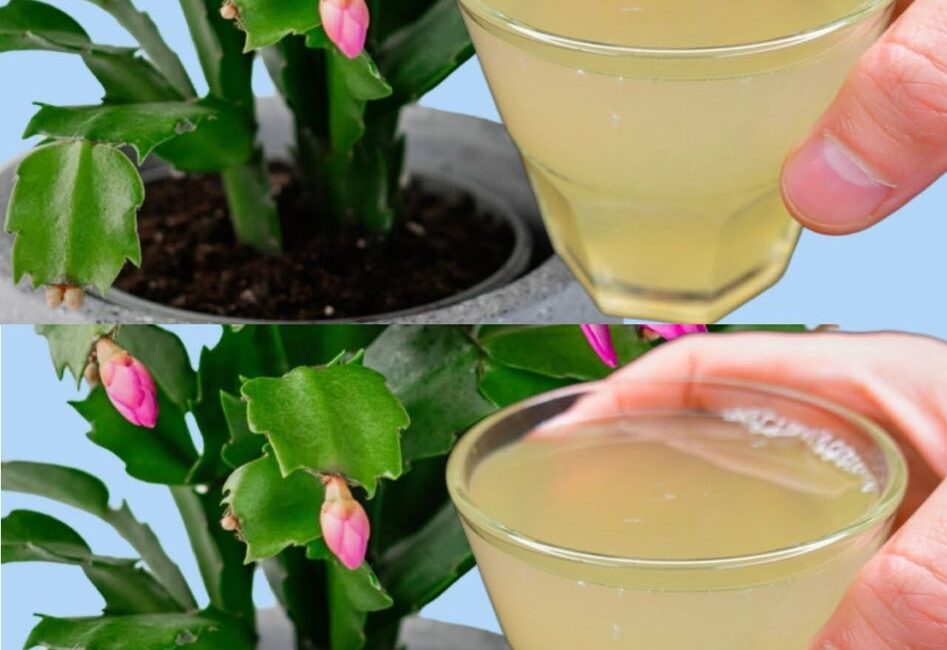The frequency of watering naturally varies with the seasons. During the winter, indoor plants enter a period of vegetative rest, typically beginning in late autumn or early winter. This phase follows the hot season when plants have stored enough resources for vigorous flowering. During the rest period, plants conserve energy and prepare for new spring growth. Therefore, each plant has unique preferences and watering needs. It’s essential to consider all factors to maintain their health and beauty.
During vegetative dormancy, plants generally require minimal water, unless they flower during this period. Some may need watering once every two weeks, while others may not need any watering at all.
Here are the recommended watering frequencies for popular houseplants:
- Begonias: Avoid watering in winter.
- Cactus: Water sparingly, about once every three weeks, with small amounts.
- Azaleas, ivy, geraniums, or eucalyptus: Water very infrequently or not at all.
- Ficus, dracaena, and other tropical plants: Water up to twice a week at most.
- Orchids: Water once every two weeks, preferably in the morning with room temperature water.
Factors to consider before watering:
- Plant Type: Each species has specific water needs, with some preferring humid conditions and others thriving in drier soil. Understanding these preferences ensures appropriate watering schedules.
- Check Soil Moisture: Use a wooden stick to assess soil dryness. If it slides easily, the soil retains moisture; if it sticks, the soil is dry and may require watering.
- Pot Weight: Lift the pot to gauge soil moisture levels. Dry soil is noticeably lighter than moist soil.
- Soil Feel: Check soil dryness by feeling it through drainage holes with your fingertips.
By considering these factors, you can effectively manage watering practices to promote the health and vitality of your plants throughout the winter months.




